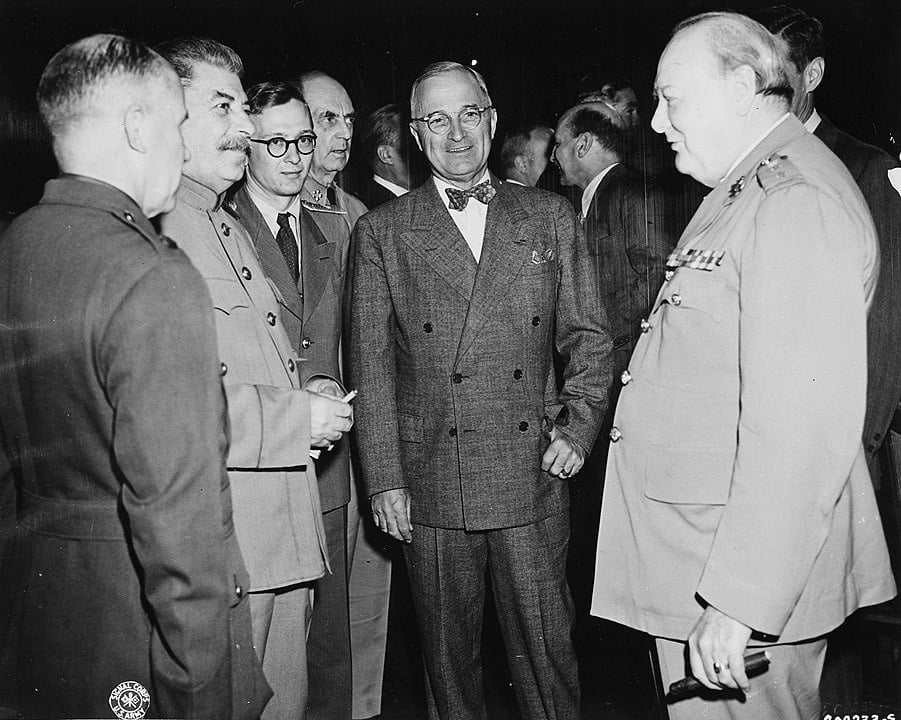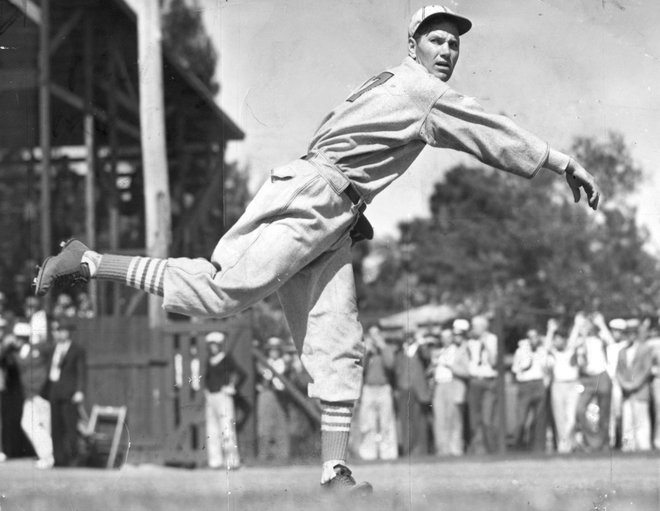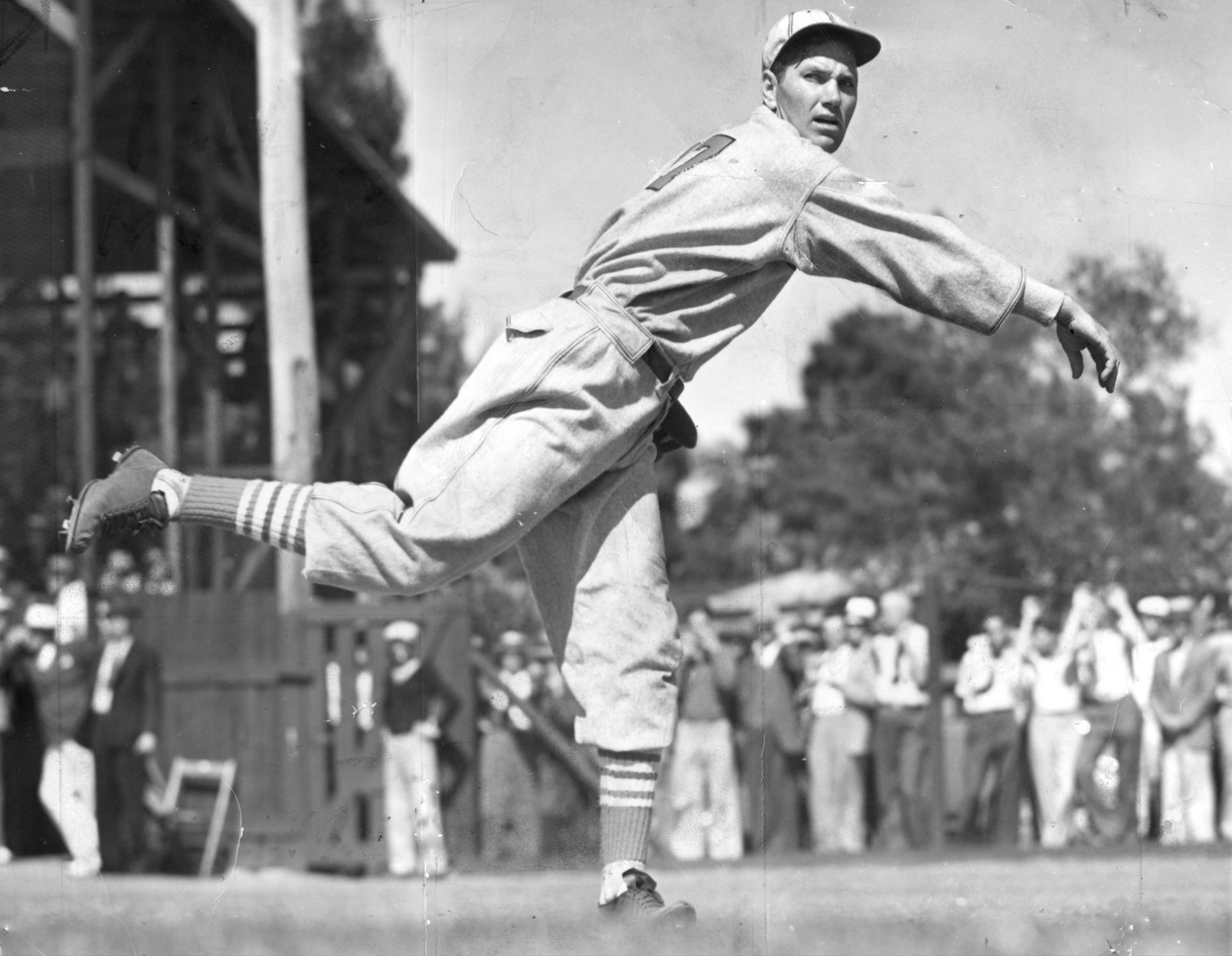Harry S. Truman Becomes President: April 12, 1945

Harry S. Truman became president on this date in 1945, following the death of Franklin Delano Roosevelt.
Truman’s path to the presidency (to say nothing of his path to national politics in general) was an unconventional one. Heading into the election of 1944, FDR was ailing and it was known that whoever his running mate would be might ultimately be called upon to serve as president. Henry A. Wallace had served as vice president throughout Roosevelt’s previous term, but he was disliked by certain leaders in the Democratic party who saw him as too far left in his views, and too friendly with labor leaders. According to David McCullough’s biography of Truman, outgoing DNC chair Frank C. Walker, party treasurer Edwin W. Pauley, Bronx party boss Ed Flynn, and Chicago Mayor Edward Joseph Kelly, among others, all wished to see Wallace removed from the ticket. Truman did not put his own name forward for consideration as a replacement, and was in fact reluctant to take the job in some respects, but it was ultimately decided he would make an acceptable addition to the slate.
On April 12, Franklin Roosevelt died in Georgia, and Truman assumed the presidency at 7:09 PM. Truman was re-elected in November of 1948 after having served most of Roosevelt’s final term, ending his presidency in 1953. Truman’s presidency was characterized by the conclusion of World War 2, including his decision to deploy atomic bombs in a theater of war for the first time in history on two Japanese cities, which prompted the country to surrender and claimed the lives of at least 150,000 people. In addition, Truman steered the United States through increasing tension with the USSR, who had recently been our ally in World War 2, and through entry into the Korean War in 1950. The Truman Presidential Library is located in Independence, Missouri, and both Lake Truman and Harry S. Truman State Park (situated on Lake Truman) are named for him.
Related Posts
April 12, 1952
It was "Dizzy Dean Week" in St. Louis in celebration of the movie The Pride of St. Louis. Dizzy was in town for the week and said he didn't care if it wasn't exactly accurate. "Jeez," he said, "they're gonna give me 50,000 smackers just fer livin'."
March 30, 1945
Missouri's present Constitution became effective. It is our fourth.
April 12, 1952
It was "Dizzy Dean Week" in St. Louis in celebration of the movie The Pride of St. Louis. Dizzy was in town for the week and said he didn't care if it wasn't exactly accurate.



